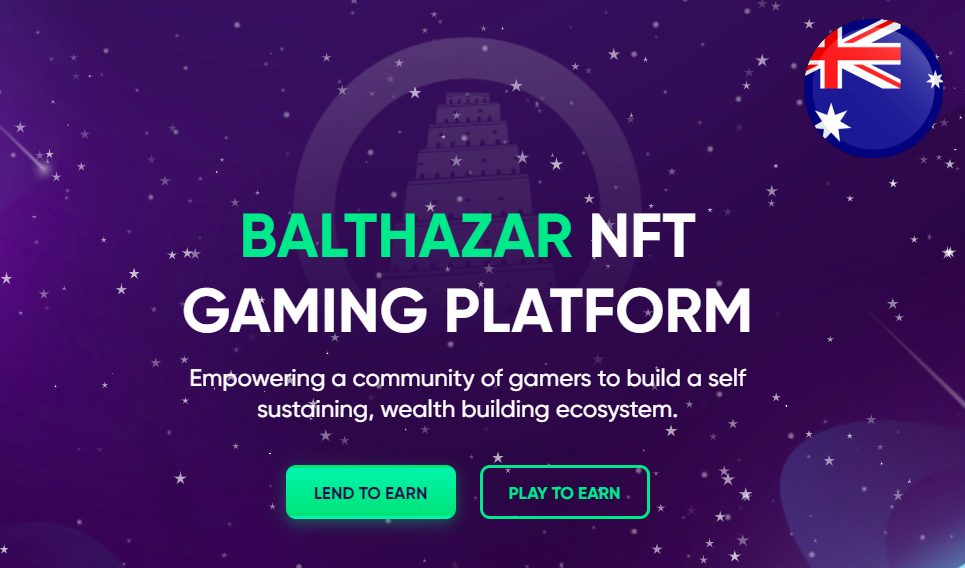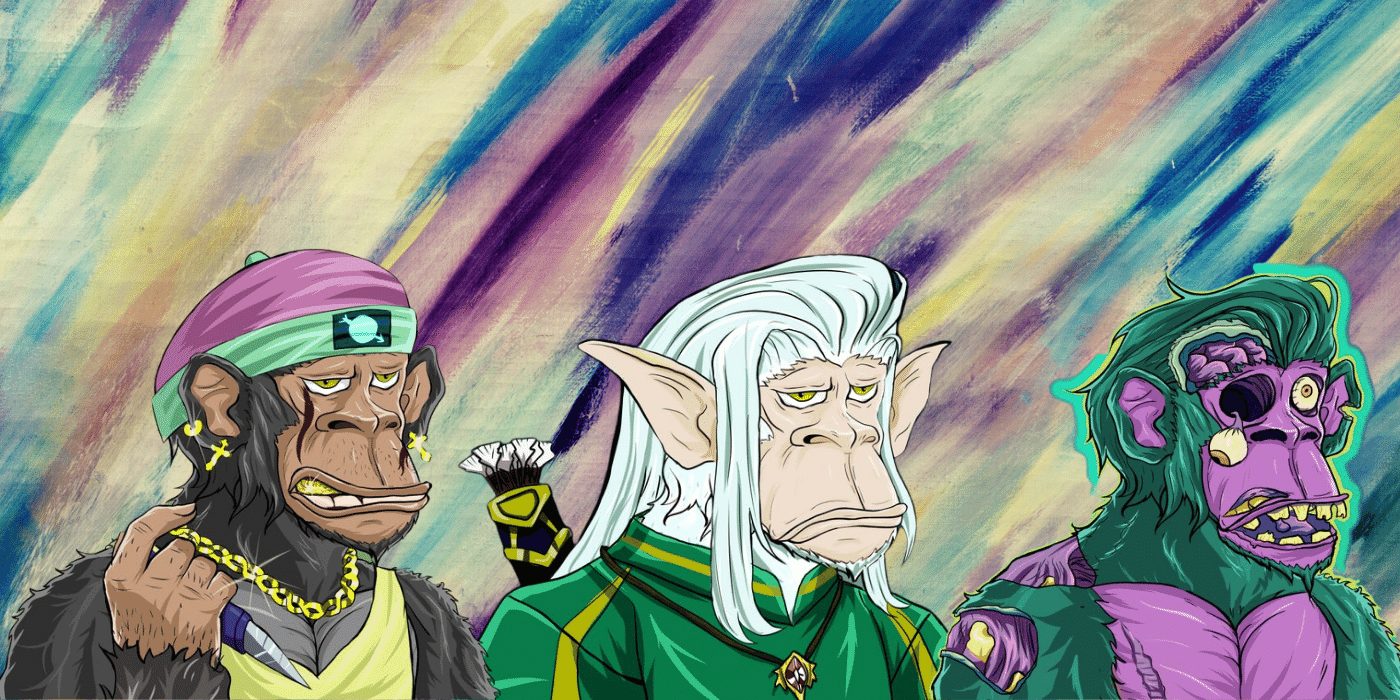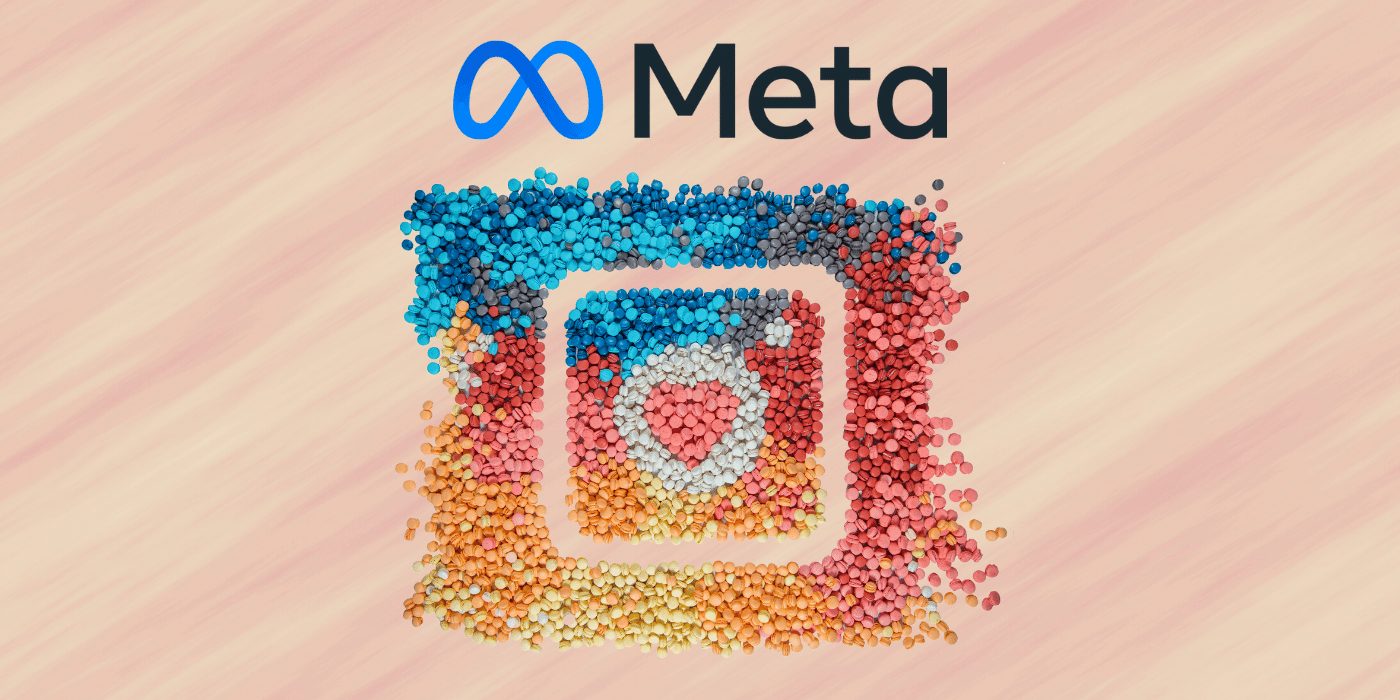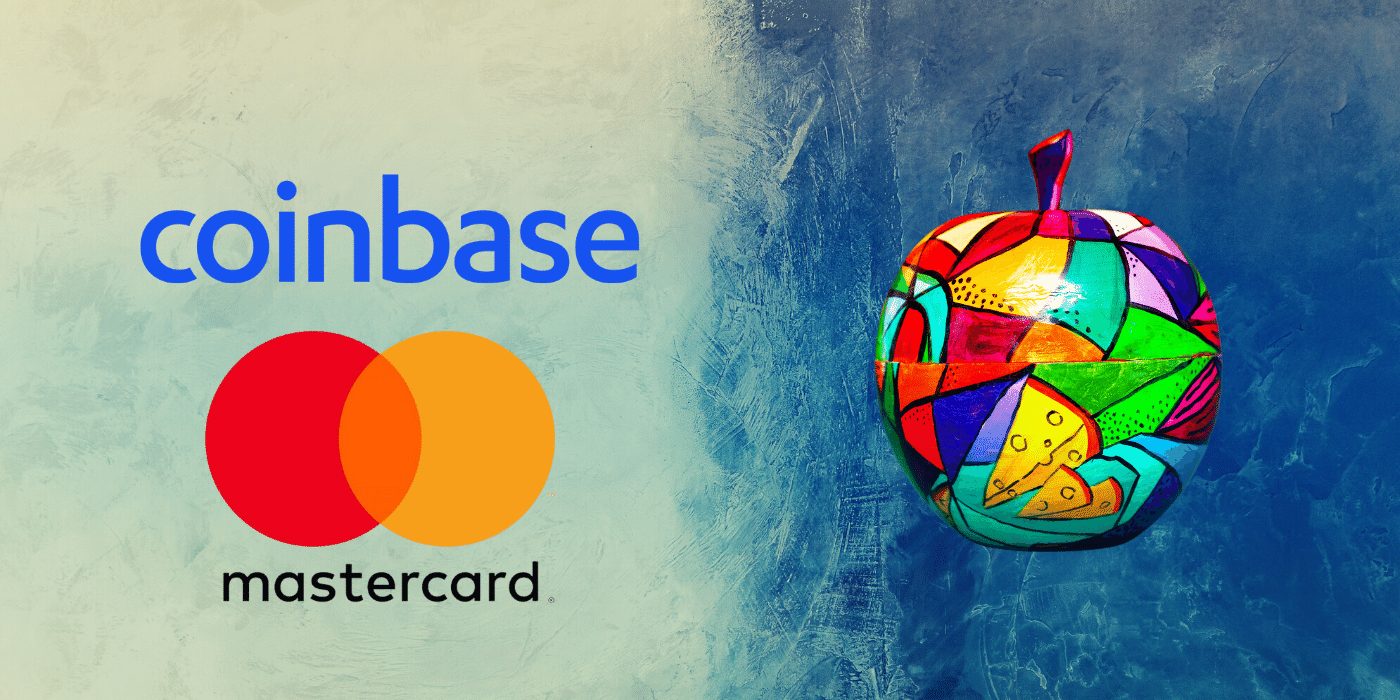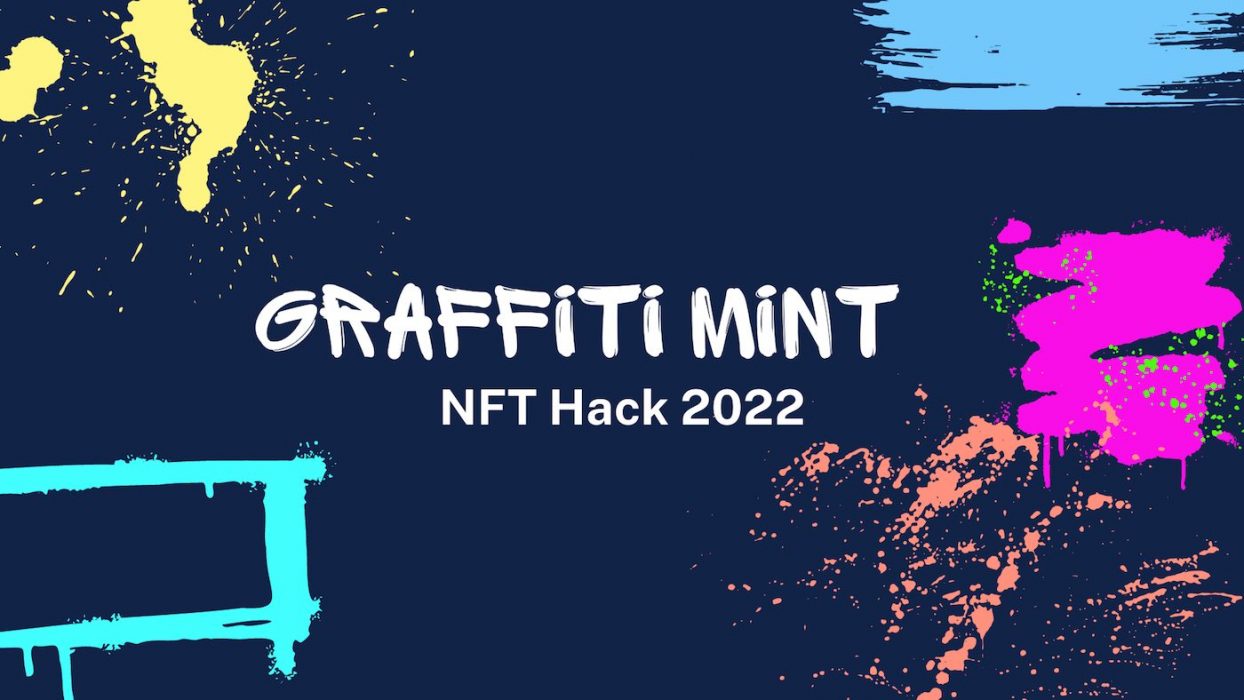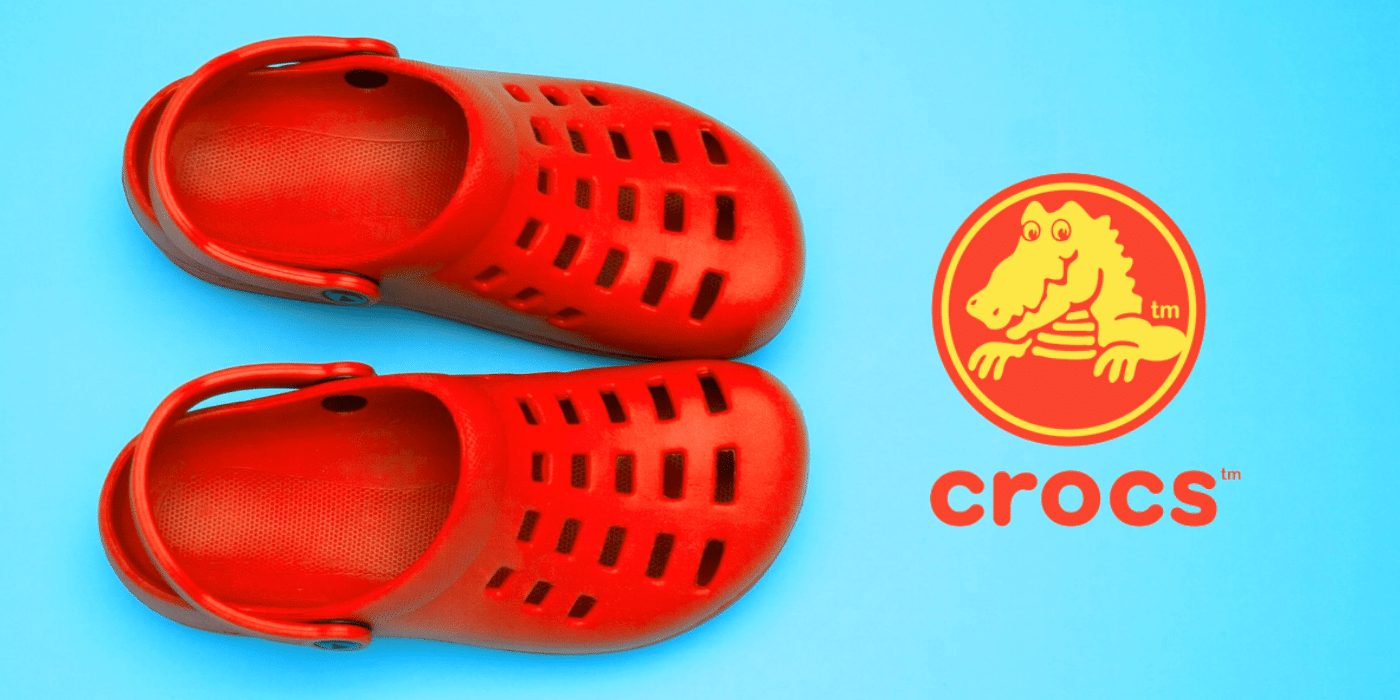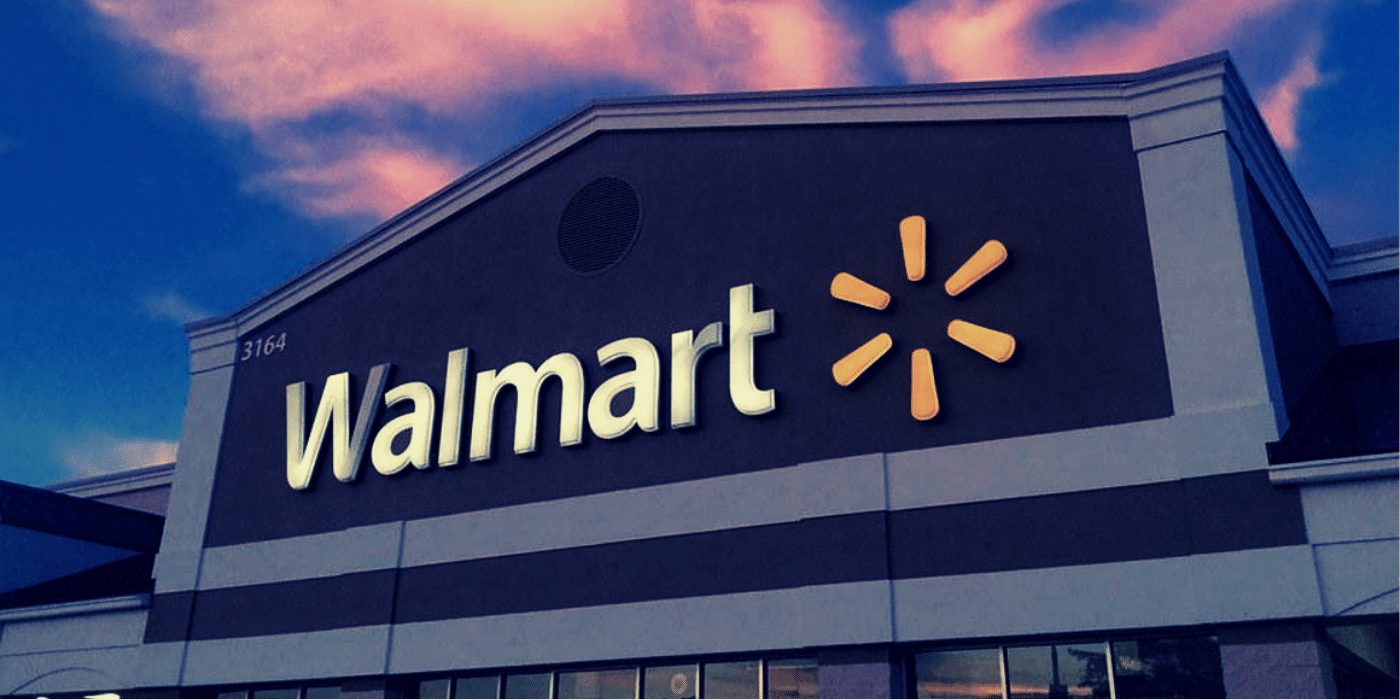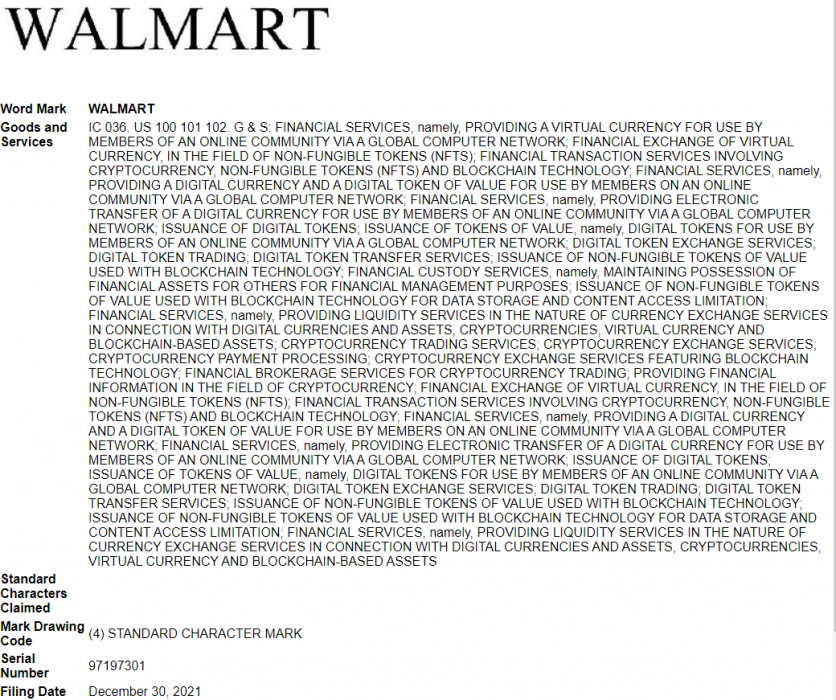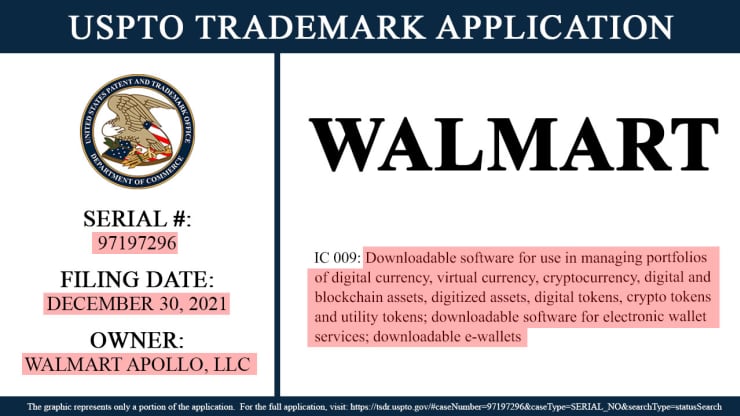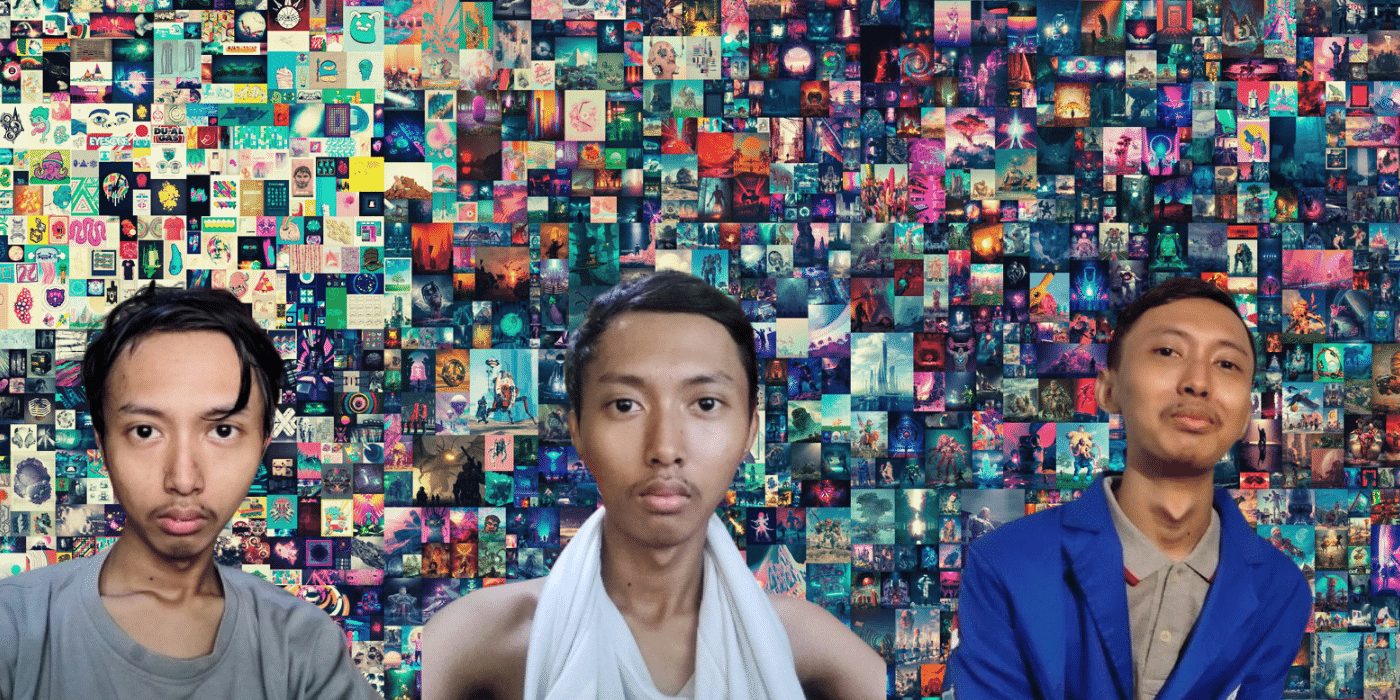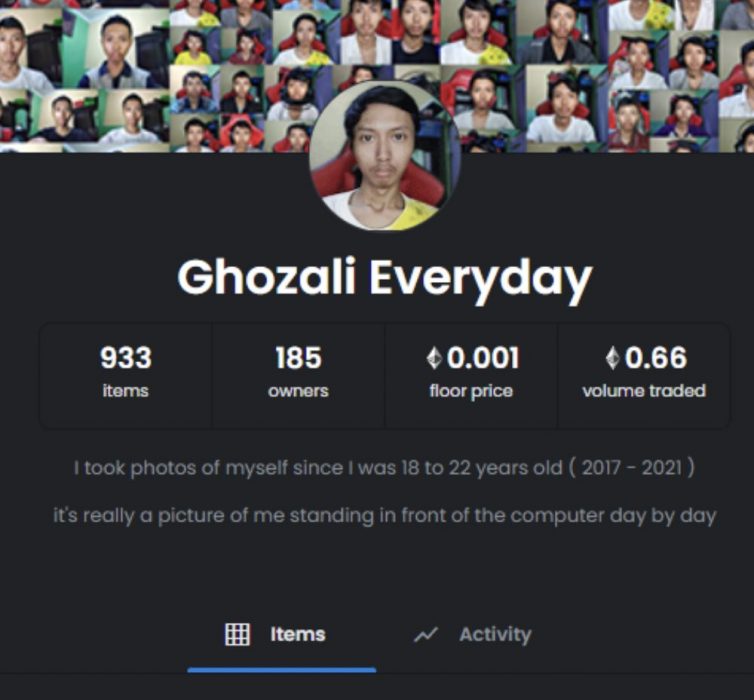In a bid to be the leading NFT gaming platform in the metaverse, Balthazar has kicked off its Token launch with a US$3 million token sale, valuing the DAO at US$30 million.
Animoca Brands, a global leader in gamification and blockchain with a large portfolio of over 150 investments in NFT-related companies and decentralised projects, was the lead token purchaser in the round and will be providing advisory services to Balthazar.
Other token purchasers include Finder Group (through Hive Empire Capital, which is led by Fred Schebesta), Zip co-founder Larry Diamond, Digital Asset Capital Management (DACM), Fantom, ZED Run, Darling Ventures, Pluto Digital, San Francisco-based VC Side Door Ventures, Algorand, Rising Capital, Saltwater Ventures, eFrontier, and Three Arrows Capital’s TPS Capital.
Launched in September 2021, Balthazar aims to be the largest decentralised autonomous organisation (DAO) in the play-to-earn space. It’s a community-focused platform, removing the barrier to entry for gamers to access play-to-earn games through its scholarship program with no upfront costs.
Balthazar is more than a guild, with plans to develop its tech platform, its rent-to-earn lending model, and to scale up its community.
John Stefanidis, CEO of Balthazar, said the token sale marks a significant milestone for the DAO.
“We are so thrilled to be backed by Animoca Brands and all of our supporters in helping to shape the metaverse and to continue assisting and expanding our community. This support means we can fulfill our vision of empowering the biggest community of gamers to create a self-sustaining, wealth-building ecosystem.
“We are developing the most incredible platform that will bring together gamers, crypto holders and individuals through our own NFT games, valuable tokenomic strategies and gaming partnerships.
“I’m excited about the future of the play-to-earn space, in particular how it’s spreading earning opportunities to those who need it most, as well as providing a new use-case for cryptocurrency.”
Yat Siu, the executive chairman and co-founder of Animoca Brands, commented: “Balthazar has a thriving and fast-growing community, offering opportunities for all people to be involved in the NFT gaming space, including gamers, game companies, and crypto holders. With its dynamic leadership, we believe that Balthazar will be able to tap growth for NFT-based gaming in new markets, and we are excited to be part of its journey.”
Prior to the token sale, Balthazar deployed 1,100 scholars into several NFT games including Axie Infinity, Splinterlands and Thetan Arena, with a further 30,000 people on its waitlist and a community of more than 70,000 people in its Discord channel.
Balthazar has opened a private token sale round, with plans to sell US$8 million in tokens at a token cap valuation of US$150 million by February 2022.
For more information about Balthazar, click here to read its Whitepaper.
About Balthazar:
Balthazar is a scholar-driven NFT (non-fungible token) gaming platform for the metaverse, one of the first in Australia. Balthazar aims to be the largest Decentralised Autonomous Organisation (DAO) in the play-to-earn space. It’s a community-focused guild for gamers to access play-to-earn games with no upfront cost, supporting a fun and competitive team of players. It also offers a rent-to-earn feature where NFTs can be rented to Balthazar for the scholars to use in games. Balthazar supports the guild through social networks, educational resources, and training and development around gameplay and learning cryptocurrency investment.
About John Stefanidis:
John Stefanidis, 29, is the CEO of NFT gaming platform Balthazar and one of Australia’s leading digital marketing and ecommerce experts. After graduating from University of Technology Sydney with a Bachelor’s Degree in Business/Marketing in 2014, John has developed and scaled several businesses, including digital marketing agency Covert. As a serial entrepreneur and avid video gamer, John is passionate about the NFT gaming space.

